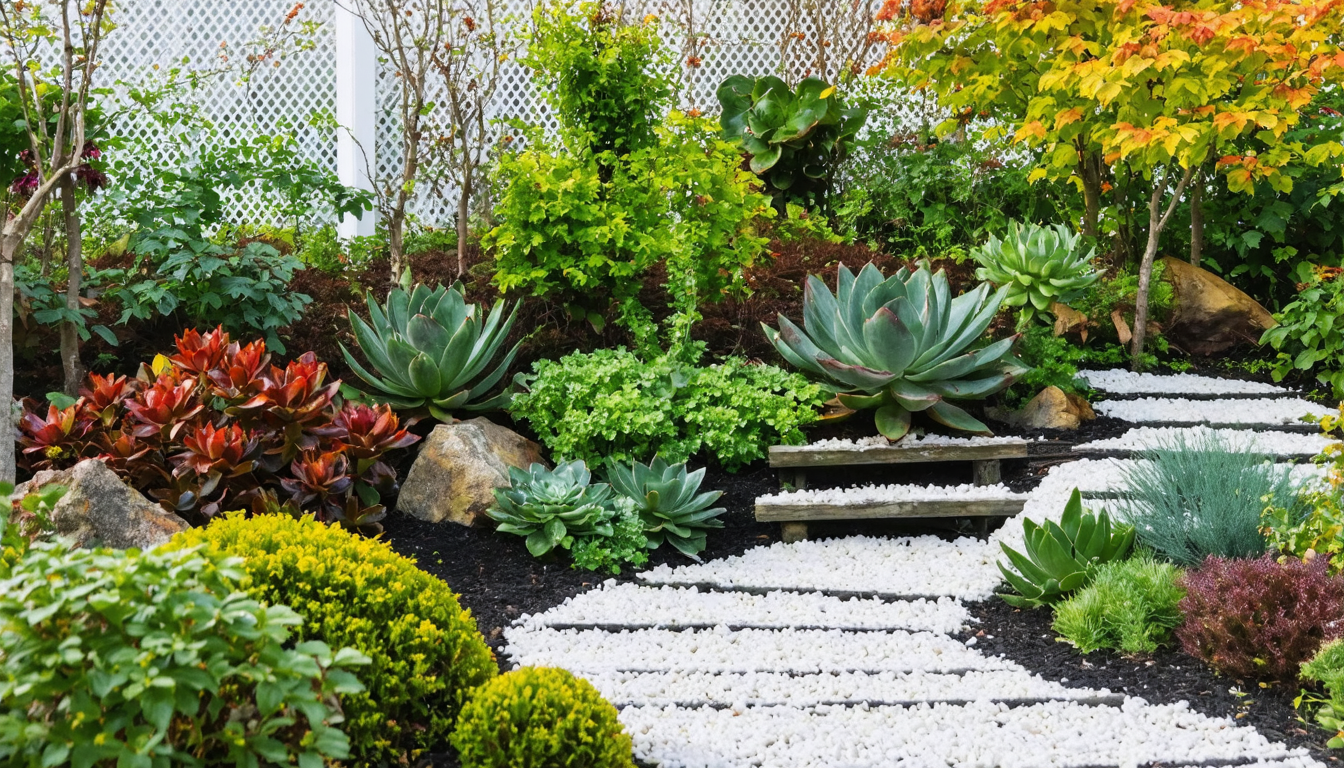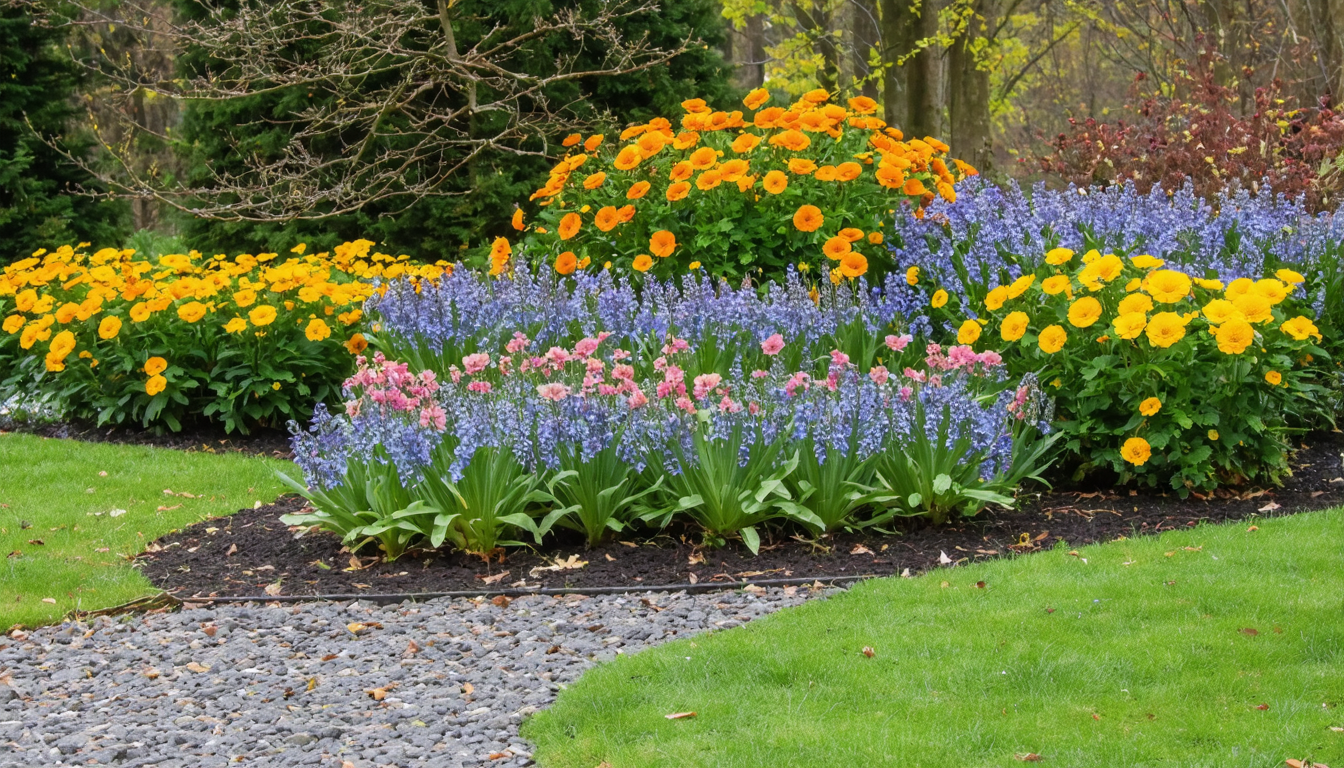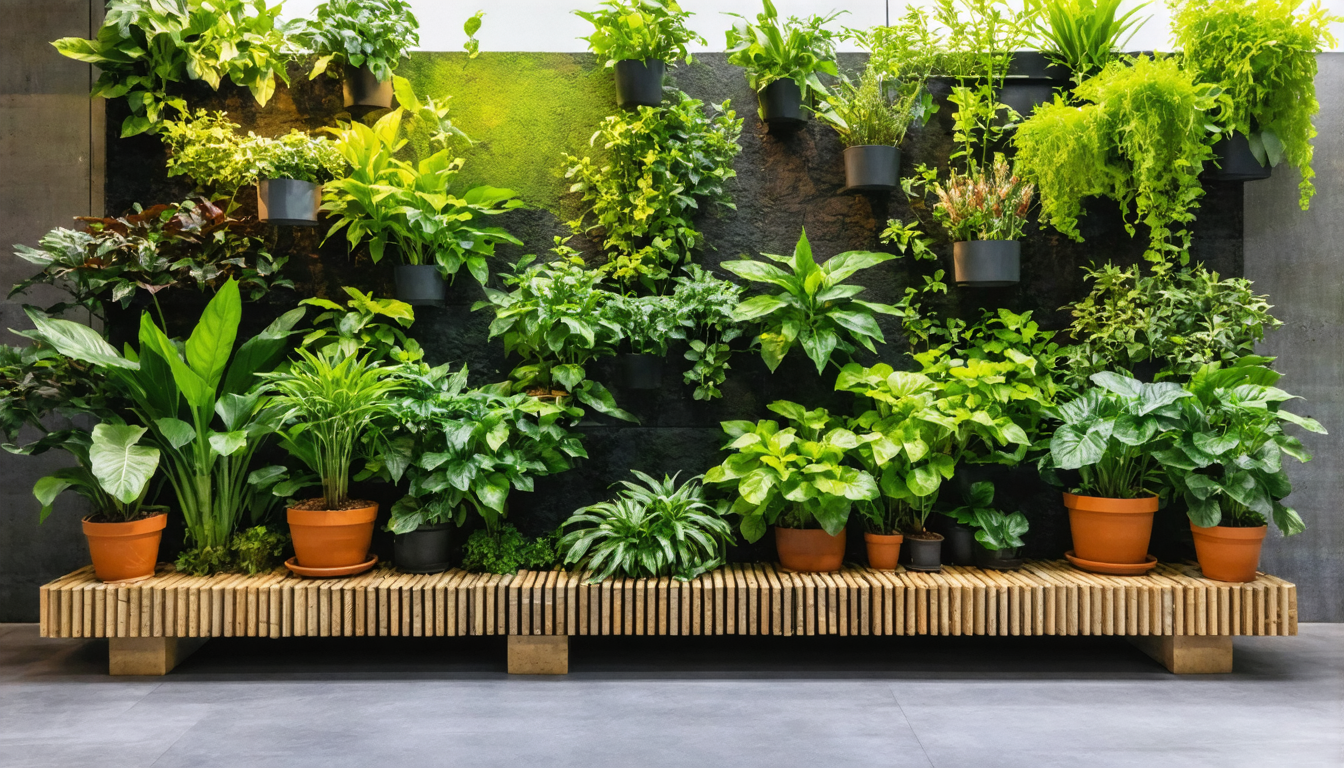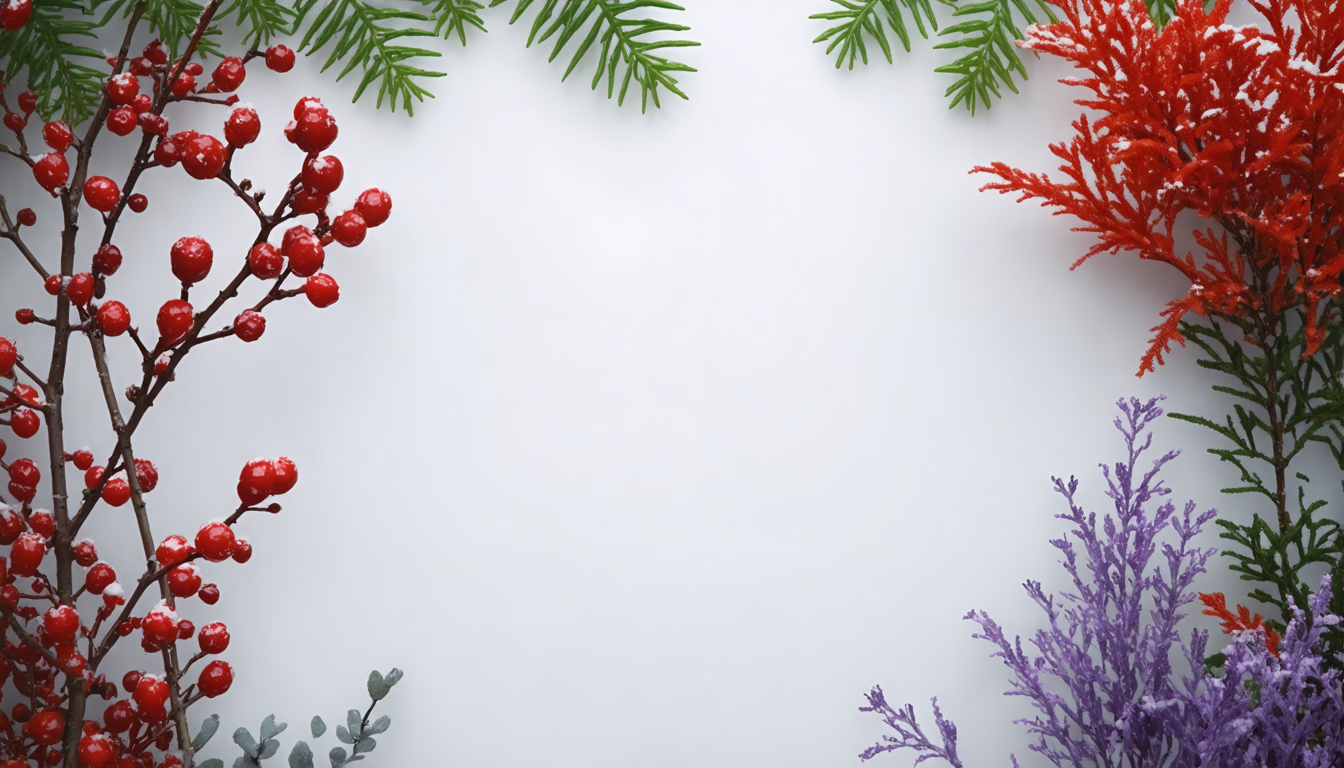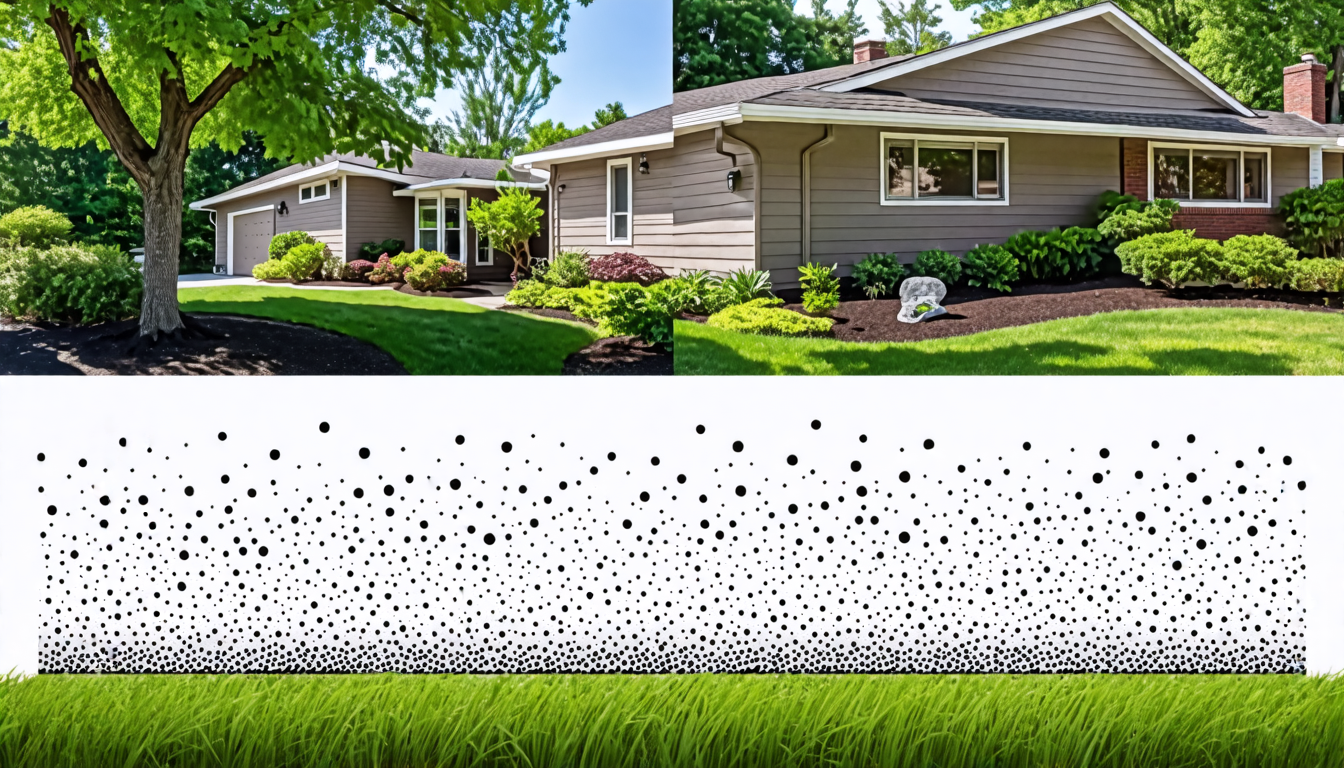
What Are Those Mysterious Black Dots? Black Dots Could Be Artillery Fungus
Identifying Artillery Fungus: A Visual Guide
If you’ve noticed tiny, jet-black spots suddenly appearing on your car, house siding, or windows, you’re likely dealing with Artillery Fungus. These spots are typically 1-3 millimeters in diameter—about the size of a pinhead. They have a distinctive rounded, speck-like appearance and are often coated with a shiny, gummy substance when fresh. This coating is what makes them so notoriously difficult to remove. They most commonly afflict light-colored surfaces because these provide the greatest contrast, making the spots highly visible.
Why It’s Called “Artillery” or “Shotgun” Fungus
The name is a perfect description of its behavior. This fungus has evolved a remarkable spore-firing mechanism. The fruiting bodies, which develop in moist mulch, contain spore masses called peridioles. When mature, these structures act like miniature water-pressure cannons, literally launching the sticky spore mass towards a light source. This is why surfaces facing your mulch beds, especially light-colored ones, end up looking like they’ve been sprayed with black paint or shot with a tiny shotgun.
The Unseen Problems Caused by Artillery Fungus
Aesthetic Damage and Property Devaluation
The immediate impact is visual. A home or car covered in hundreds of tiny black specks loses its curb appeal instantly. The cost of this damage isn’t just cosmetic; it can translate into real financial loss. Professional removal from delicate surfaces like car paint or vinyl siding can be expensive, and if the spores are not removed correctly, the staining can be permanent, potentially affecting property value.
The Persistent and Spreading Nature
Many homeowners make the mistake of simply cleaning the spots, only to find them return within weeks. This is because cleaning the spores does nothing to address the source. The fungus is living and reproducing in your mulch. As long as the mulch bed remains a moist, woody environment, the fungus will continue to produce and fire new spores, sometimes for distances up to 20 feet.
Potential for Permanent Staining
This is perhaps the most frustrating aspect. The spore mass is encased in a biological “glue” that hardens over time. Once this coating cures, it forms a powerful bond with the surface. Attempting to remove it after this point often requires abrasive methods that can scratch paint, etch glass, or damage siding, leaving a permanent mark even after the spore itself is gone.
Artillery Fungus vs. Common Look-Alikes: A Comparison
It’s easy to mistake artillery fungus for other common black spots. Here’s a quick guide to tell them apart.
| Substance | Texture & Removal | Origin & Key Identifier |
|---|---|---|
| Artillery Fungus | Hard, speck-like; very difficult to remove, often requiring scraping and solvent. | Fired from mulch beds. Has a distinctive shiny, rounded cup at the base under magnification. |
| Tar Spots (from Trees) | Smudgy, flat; can often be removed with tar remover or alcohol. | Falls from trees like maples. Irregular in shape and lacks a hardened, glued-on base. |
| Insect Droppings (e.g., Aphids) | Gritty or sugary; usually wipes away with water and soap. | Found on plants and surfaces beneath them. Will not have a perfect, rounded shape. |
| Sooty Mold | Powdery, soot-like; wipes away easily with a damp cloth. | Grows on “honeydew” secreted by sap-sucking insects (aphids, scale). It does not “stick.” |
Unique Insight: The Fungus’s Surprising “Aim” and Light-Seeking Behavior
The Science Behind the Shot
Artillery fungus operates one of the most precise ballistic systems in nature. The fruiting body, or peridium, contains a spore sack (the peridiole) resting on a stalk. As the fungus matures, it absorbs water, building up immense osmotic pressure. A small, inverted hole at the top acts as a lens, focusing light. When the pressure becomes too great, the entire structure ruptures, inverting itself and launching the peridiole with astonishing accuracy towards the light source. It’s a true biological water-pressure cannon.
Why Your White Car or Sunny Siding is a Prime Target
Here’s the critical detail most people miss: Artillery fungus exhibits positive phototaxis. It doesn’t just fire spores randomly; it actively aims for bright, light-reflective surfaces. This is an evolutionary adaptation to launch its spores onto light-colored surfaces (like tall, sunlit grasses in nature), which helps in their dispersal. This is precisely why your white car, sunny window, or light-gray vinyl siding becomes a magnet for these spots—they are the brightest objects in the fungus’s environment.
Effective Prevention and Removal Strategies
Proactive Prevention: Stopping It Before It Starts
The only way to win the battle with artillery fungus is to prevent it from fruiting in the first place. Since it thrives in moist, decaying hardwood mulch, your strategy should focus on creating an inhospitable environment.
- Mulch Alternatives: Replace hardwood mulch with non-organic options like stone, rubber, or pine bark nuggets and cedar mulch, which are far less conducive to fungal growth.
- Disrupt the Environment: Regularly turn and fluff your mulch to help it dry out quickly after rain or watering.
- Landscape Fabric: Using a barrier fabric beneath mulch can help, but it is not a complete solution if spores are already present.
Safe Removal Techniques for Different Surfaces
If you already have spots, act quickly. The longer they sit, the harder they bond.
Crucial Tip: Always test any cleaner on a small, inconspicuous area first.
| Surface | Recommended Method |
|---|---|
| Car Paint & Glass | Soak a cloth in a 1:1 mixture of water and rubbing alcohol or a tar and bug remover. Hold it against the spot for several minutes to soften the glue, then gently wipe away. Avoid abrasive scrubbing. |
| Vinyl & Wood Siding | A solution of oxygen-based bleach (like OxiClean) and warm water is often effective. Spray on, let sit, and gently scrub with a soft brush. Pressure washing can be used on a low setting but risks driving water behind the siding. |
| Stubborn Spots | For spots that won’t budge, carefully use a plastic razor blade or your fingernail to lift the edge after softening. Never use a metal scraper. |
Frequently Asked Questions (FAQs) About Artillery Fungus
Is Artillery Fungus Harmful to Humans or Pets?
Answer: No. Artillery fungus (Sphaerobolus stellatus) is not known to be toxic, pathogenic, or poisonous to humans, pets, or plants. Its impact is purely a cosmetic and destructive nuisance.
Can Artillery Fungus Grow on My House’s Wood Siding?
Answer: It does not grow *on* your siding. The fungus lives and reproduces exclusively in moist mulch or other decaying wood matter. The spots on your siding are spores that have been physically launched and glued there from a nearby source.
Will Pressure Washing Remove Artillery Fungus Spots?
Answer: It can, but it’s often overkill and risky. The high pressure can damage vinyl siding, chip paint, or etch glass. A much safer and often more effective method is to first soften the spot with a appropriate cleaner (like rubbing alcohol or a dedicated remover) and then use low-pressure water or gentle scraping.
If I Remove the Mulch, Will the Fungus Go Away?
Answer: Yes, this is the definitive long-term solution. By removing the moist, woody food source (the mulch), you eliminate the environment the fungus needs to produce new spores. However, any spores that have already been fired and stuck to surfaces will remain and need to be cleaned individually.
